Round The World and other travels
A frequent flyer's collection of trip diaries
August 2014: Delft
Historic Delft lies between The Hague and Rotterdam. Although a city in its own right, Delft is essentially a continuation of the first of these close neighbours: I boarded a local tram in The Hague city centre and reached my destination within twenty minutes, without any noticeable break in the built-up area. The centre of Delft is built on a small scale and feels very local for a city of 100,000 people, itself forming part of a larger conurbation. Strolling through the maze of narrow streets that line the canals is a pleasure in itself, which is further enhanced on encountering buildings such as City Hall, or the 'Old' and 'New' churches. William I of Orange ("William the Silent", great-grandfather of King William III of England) was buried in the Nieuwe Kerk opposite Delft city hall, starting a tradition that endures in the Dutch royal family to this day.
For many people, however, the city is most closely associated with Delftware pottery, which has become so well known that it is often regarded as a symbol of Dutch national identity. There are at least two examples where this phenomenon has crept into the world of international airlines. Since the 1950s, KLM has presented each of its long-haul Business Class passengers with a gift of a Delft Blue miniature house, filled with local gin. With the design changing on an annual basis, these have become desirable collectors' items over the years. And rather less predictably, a typical Delft Blue pattern was used as one of British Airways' so-called 'ethnic tailfins' in the late 1990s.
On the day of my visit, the canal network seemed to have been afflicted with a strange malaise, giving the appearance that the waters had been coated with a layer of thick, green pea soup!
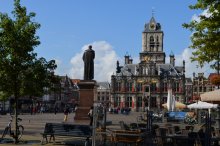 |
 |
 |
 |
 |
|
 |
 |
 |
 |
||
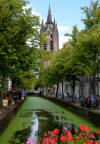 |
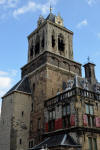 |
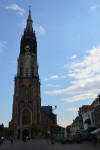 |
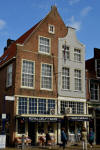 |
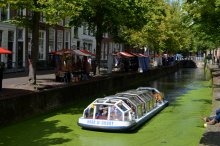 |
|